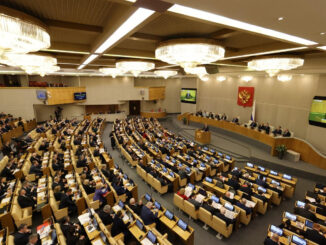
© WikiMedia (Wikimedia) 1 South facade of the en:White House White House , Washington DC. Th
© WikiMedia (Wikimedia)
History
Overview and background
The Situation Room was established in 1961 at the behest of John F. Kennedy in the wake of the bungled and embarrassing Bay of Pigs invasion.
Some had felt that a lack of real-time information had seriously compromised the efficiency of the that particular operation. McGeorge Bundy, JFK’s senior security advisor, secured the funding and space for the project.
In the early days, a lone CIA operative would work a twenty-hour shift in the Situation Room, sleeping on a cot in the facility.
President Lyndon B. Johnson was in the facility so often during the Vietnam War that he left his Oval Office chair down there.
While Presidents Richard Nixon and Gerald Ford were hardly ever in the room, Presidents Bill Clinto and George W. Bush were reportedly frequent visitors.
Staffing and layout
The basics
The room covers around 5,000 square feet and is not located deep in the bowels of some basement, as many think.
Various agencies in the military and intelligence community provide the personnel who work there, usually around 30 of them on duty at any time.
There are five ‘watch teams’ that provide 24-hour monitoring of relevant situations, looking at how stories are being presented by the media as well as raw news events.
These people keep on a constant eye on events as they unfold around the world, keeping the President apprised of key happenings as they unfold.
Technology received a major upgrade as a result of the refurbishment carried out in 2006.
These watch teams prepare the so-called ‘Morning Book’, which contains a copy of the National Intelligence Daily and the State Department’s Morning Summary, as well as diplomatic cables and intelligence reports.
It now has five secure video viewing rooms and a secure, direct feed to Air force One.
The refurbishment also stripped out much of mahogany fittings which had characterised the room up until then.
The wood apparently bounced sound around the room making it hard for operatives to hear occasionally.
Points of interest
Final word
The Situation Room is sometimes referred to as ‘the woodshed’. Sensors are installed in the ceilings to monitor possible electronic bugging and espionage.
A TV news show known as ‘The Situation Room‘, hosted by journalist Wolf Blitzer, airs on CNN in the early evenings in the US.









